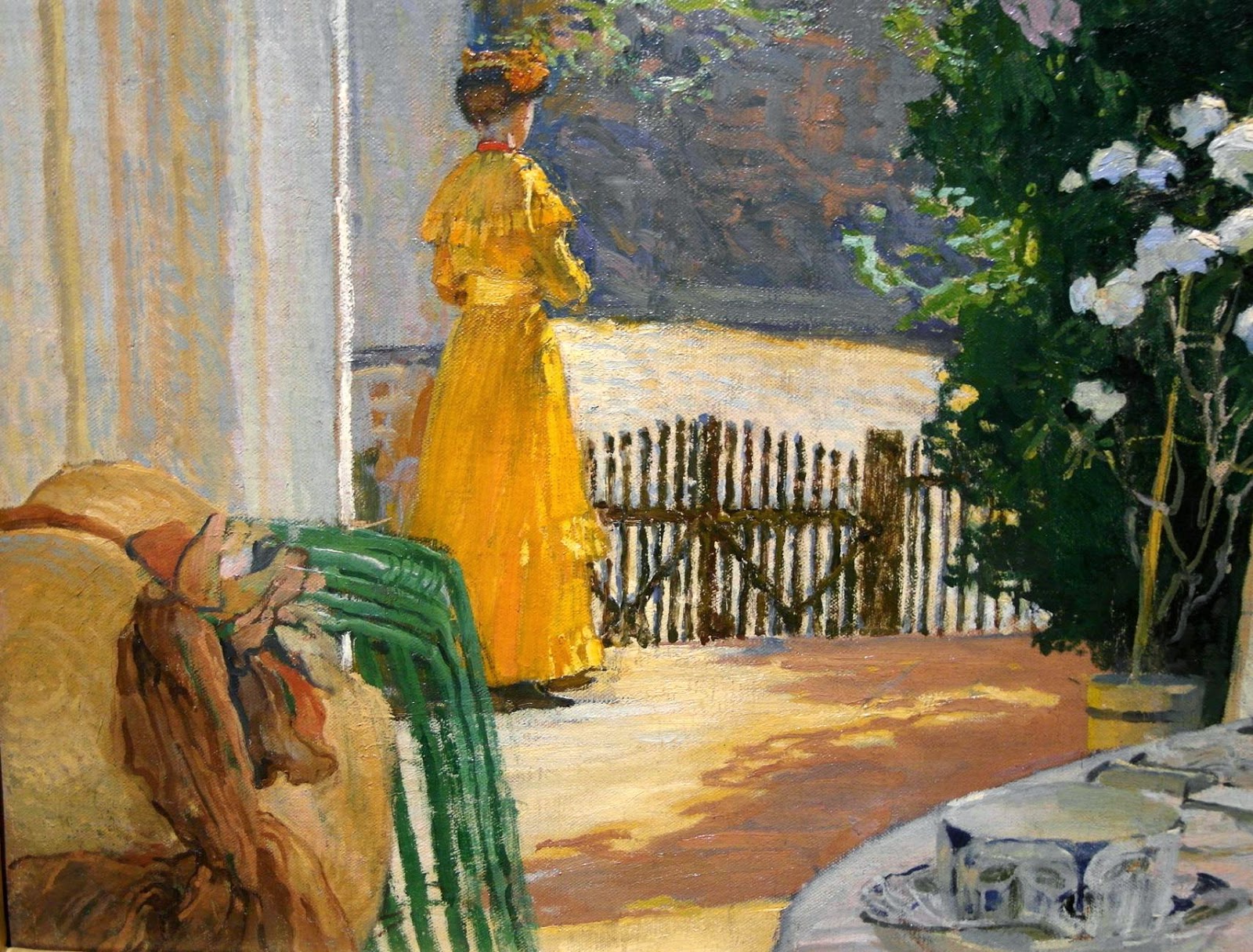A few years
ago I stumbled upon a magazine article about Hotel Copernicus in
Kraków. Just two things from the article have stuck in my mind: the
hotel's Medieval origins and a wonderful view of the Wawel Castle
stretching from the roof terrace. The hotel is often visited by
celebrities staying in Kraków (including my favourite actor,
Benedict Cumberbatch) but because I'm definitely not a celebrity, the
only thing I could do was to stroll along quaint Kanonicza street and
wonder what's hidden behind this impressive Gothic facade.
However to
my great surprise and delight, a few weeks ago I received an email
inviting me for “snacks” and a press conference with a famous
Austrian chef Simon Taxacher, which was going to take place in the Hotel Copernicus itself. As you can guess, I couldn't miss such an
opportunity. :)
The meeting
took place on the 17 October 2014 as part of the prestigious Gourmet
Relais & Châteaux Festival, whose highlight was a seven-course
dinner prepared by Simon Taxacher, an acclaimed chef (awarded
numerous prizes, including 2 Michelin stars) and the owner of an
Alpine hotel and restaurant Rosengarten in Tyrol, Austria.
Here are a
few interesting facts that caught my attention during the
conversation around a solid, wooden table in the
hotel restaurant.
- Simon Taxacher combines regional products from Tyrol with ingredients from other countries so that his cuisine is both local and varied
- he pays a lot of attention to not only the look and structure of his dishes, but also the tableware on which they're served
- because he usually works up to 16 hours a day in his restaurant, at home he prepares only simple, quick dishes
- he values team-work and thinks highly of his co-workers
- even though he's pleased with the awards and praises, he always cooks to please his clients, not critics
The “snacks”
mentioned in the invitation email were actually three of the seven
dishes from the menu prepared for the festival dinner. The food was
not only delicious but also beautifully served. Some dishes looked
like little pieces of art. Sommelier Andreas Katona matched the food
with Austrian wines. And this is what we had a chance to eat:
Beetroots
(old variety), sea-buckthorn, cottage cheese
According to
Mr Taxacher, the beetroots are grown in a traditional way in Tyrol.
They were served with mountain cottage cheese, sea-buckthorn and
beetroot juice meringue. All the ingredients created a perfect blend
of flavours but I especially liked the delicious, creamy cottage
cheese made by the chef and his team from Alpine cow milk. The
beetroots were served with 2012 Grüner Veltliner wine with a spicy,
black pepper flavour.
Veal
cheek, date malt, Jerusalem artichoke
Apparently
beef cheek meat is a relatively rare restaurant dish as it's often
used for veterinary inspections. That's why the chef has to cooperate
with a vet who won't destroy the meat structure during the check-up.
I can't say anything about the veal cheek as I don't eat meat but Ada
from blog Pora coś zjeść
praised its taste and tenderness. In the meantime, I happily nibbled
at the date sauce and all the titbits served with the meat,
especially Jerusalem artichoke – a traditional but now forgotten
vegetable which is slowly coming back into culinary fashion. Even though I'm not
a great fan of red wine, I fell in love with 2009 pinot noir from
a small Austrian vineyard. It was definitely one of the best wines
I've ever tried.
Garden -
plums, nitro-chocolate, gin and tonic
For dessert,
we had nitro-chocolate, in other words chocolate foamed with liquid
nitrogen and tasting like something between chocolate mousse and ice
cream. It was served with a delicious plum sauce, gin and tonic
mousse and fresh clovers. The pink dessert wine Rosenmuskateller had
a pleasant rose flavour but was a tad too sweet for my liking.
The whole
meeting passed off in a pleasant atmosphere. I left the hotel with
new culinary experiences, new acquaintances and a box filled with
delicious things from Tyrol (including my favourite elderberry
syrup). Finally, I discovered what's hidden behind the Gothic facade
of the Hotel Copernicus and I must admit reality exceeded my
(already high) expectations.
PS. I would
like to thank the owners and staff of Hotel Copernicus for
their invitation, professional organization of the meeting and a warm
welcome. Special thanks to Simon Taxacher and his whole team for
preparing all the delicious dishes and for sharing with us his
culinary expertise. It was a great pleasure to meet you all. :)
Address:
Hotel Copernicus, Kanonicza 16, Kraków (Old Town)
Website:
www.copernicus.hotel.com.pl
Address:
Hotel Restauracja Spa Rosengarten,
Aschauerstrasse 46, 6365
Kirchberg, Tyrol, Austria
Website:
restaurant.rosengarten-taxacher.com
Gourmet Relais &
Châteaux Festival: www.gourmetfestival.pl

















































